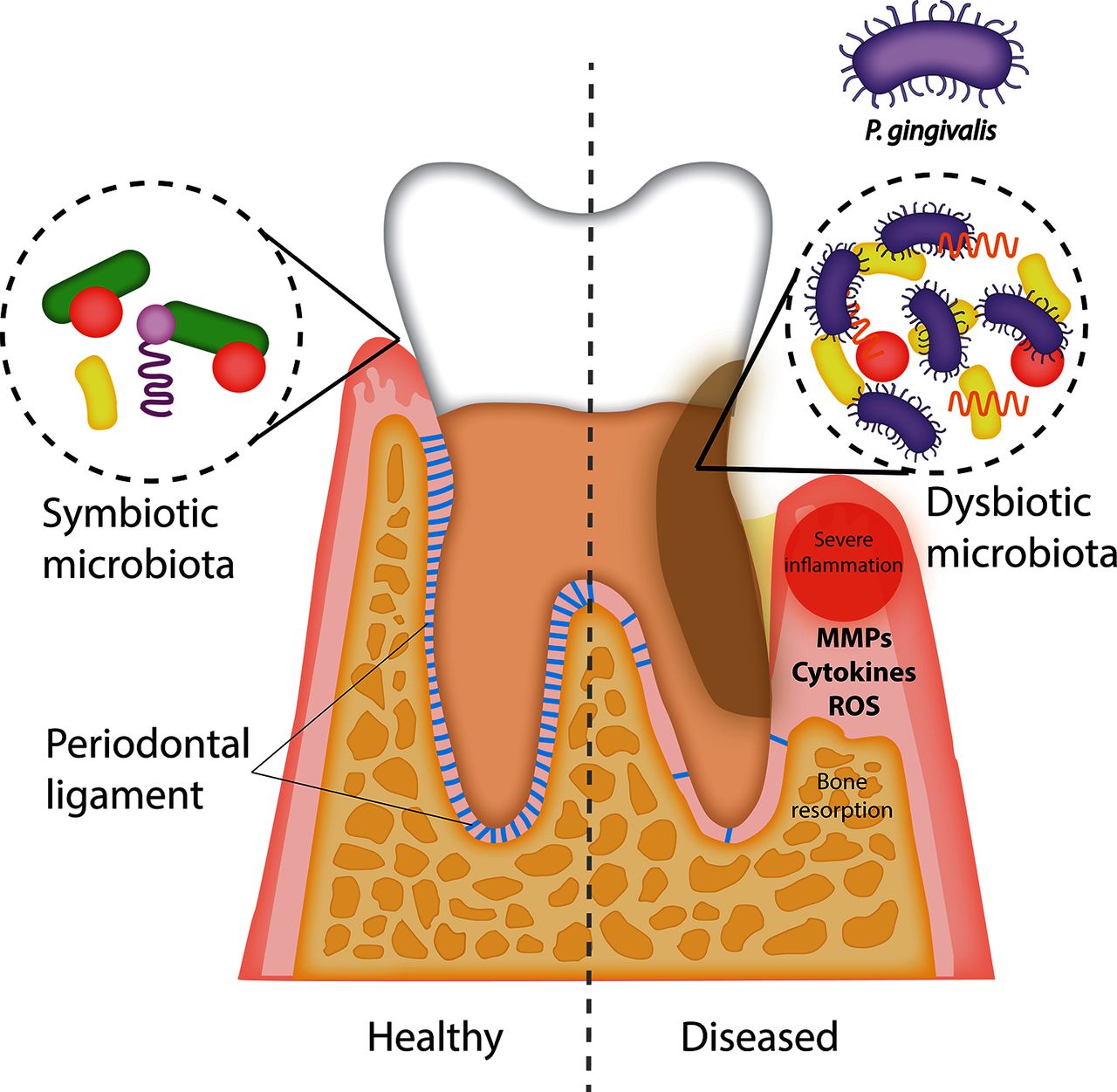How to floss your teeth properly
Only four out of ten individuals say they floss their teeth at least once per day. And 20% claim they never floss at all. While flossing your teeth and gums is more time-consuming and can be more painful than brushing alone, it has a great number of benefits.
Do it right
Be careful to avoid these four flossing mistakes:
Not flossing enough
You need to floss daily to prevent the build-up of the tartar. Try to floss at night before bed
Not removing the plaque
A lot of us use floss only to remove food that’s stuck between our teeth. Remember, for floss to be useful, you need to spend the time required to remove plaque
Not using enough pressure
It takes some force to clear the tooth of plaque. Press firmly against the tooth, while moving gently and slowly when guiding the floss under the gum line.
Not flossing long enough
It should take us about two minutes for decent results.
Halitosis or Bad Breath? Don’t forget to talk to us
How To Floss Your Teeth
Why is it necessary to floss my teeth? I brush twice daily!
There are actually two reasons to floss your teeth, one is dental and the other is medical. Brushing one’s teeth daily is part of a sound oral hygiene program. Brushing removes the soft plaque from the teeth which consist of colonies of bacteria. Ungrateful guests, those microscopic monsters thrive on the food particles that are left on your teeth.
The result is the production of toxins that contribute to the development of dental diseases such as tooth decay, and diseases of the gums and bone called periodontal disease, not to mention bad breath. Unfortunately, even diligent brushing isn’t enough to remove the plaque that forms between the teeth. That’s where flossing comes in. Simply stated, floss gets into the areas that the toothbrush can’t possibly reach.
Why do I need to floss, if I see the hygienist for cleaning regularly?
If you fail to thoroughly remove the soft plaque by not brushing and flossing properly, the plaque eventually hardens into a substance called tartar.
Unlike plaque which is easy to remove, tartar can only be removed by the hygienist during a cleaning. The best program of dental hygiene, therefore, includes diligent “home care”, that’s your job, and thoroughly professional care, that’s our job.
Years of expertise
Happy Clients
WHAT’S BEHIND YOUR BAD BREATH?
What kind of dental floss should I use?
The best answer is any floss that you use regularly! However, some flosses work better than others at removing plaque. Floss comes in many varieties and compositions. Slippery flosses that are synthetic or waxed pass through tight contacts between the teeth easily. Unfortunately, they don’t remove plaque as well as floss made of cotton fibers. Look on the package for the word “woven” which separates into loose threads for effective plaque removal.
When is the best time to floss?
The best time to floss is in the evening before bedtime, but always after your milk and cookies!
The beneficial cleansing action of your saliva diminishes during sleep, and your teeth will remain clean the longest. To be honest, it doesn’t matter when you floss as long as it’s done properly every day.
Sources of Bad Breath
In some cases, certain medical conditions, such as diabetes, chronic sinusitis, lung infections, digestive problems, and certain prescription medications can be additional sources of bad breath.
If one of these conditions was detected during your halitosis screening, you would be referred to your medical doctor for further evaluation.
What are the visible signs of not flossing?
Bleeding of the gums when you brush, even if you are a flosser, is an indication of inflammation. So are loose teeth, a change in your bite, red rather than pink gums, puffiness of the gums, a bad taste and bad breath. In the office, when patients complain of bad breath or a bad taste, the first thing that we ask them is if they are flossing daily.

Call For a Consultation:
(01772) 726932
Flossing removes plaque and bacteria that you cannot reach with your toothbrush. If you don’t floss, you are missing more than one-third of your tooth surface. Plaque is the main cause of gum disease. It is an invisible bacterial film that develops on your teeth every day.
Within 24 to 36 hours, plaque hardens into tartar (also called calculus), which can only be removed by professional cleaning. Floss at least once a day and plaque never get the chance to harden into tartar. Getting into the habit of daily flossing is easier when you floss while doing something else like watching TV or listening to music, for example.
What’s the correct way to floss?
If you have questions or concerns, talk to your dentist about your issues with bleeding gums. The trusted dental team at Lane Ends Dental Practice can help identify both the cause of and solution to your bleeding gums and bad breath problems

1.) Always floss before you brush
in order to clean Between your teeth where the brush doesn’t reach. Be methodical! Start on the upper right, and progress to the upper left. Then floss the bottom left, and move to the lower right.
2.) Be generous with the floss
Tear off about 18 inches, as long as your lower arm. Wind some of it around the index or middle finger of each hand. The tips of your thumbs and forefingers are your “flossing-fingers.” A common mistake is to position the finger tips of each hand too far apart. They should be no wider than an inch apart, otherwise, the floss will snap between your teeth and injure your gums. The best control is when your fingers are close together!
3.) Pull the floss taut between your hands
Now, gently guide the floss between your teeth where they touch each other. Try not to snap the floss into your gums!
4.) Here’s the KEY POINT in flossing correctly!
Here are two tooth-surfaces that you must clean below each tooth-contact, one on EACH tooth. When the floss reaches the gum line, curve it into a C-shape by lightly leaning against one tooth. We call this “wrapping” the floss. Gently slide the floss downward (upward on upper teeth) into the space between the gum and the tooth.
5.) Holding the floss gently against the tooth
Gently slide the floss with a UP AND DOWN motion. Mistakenly, many patients use a sawing motion when they floss, which is ineffective in removing plaque from the root surfaces!
6.) After few up-and-down flosses of one tooth-surface
Then slide your floss against the adjacent tooth. Now clean its surface the same way, UP AND DOWN. You’ve now cleaned the sides (root surfaces) of the two teeth that are adjacent to each other that share the same contact.
7.) Now, begin to progress methodically through your entire mouth by wrapping and vertically cleaning each surface. You can re-position your fingers to a section of clean floss. If the floss is too tight to remove it through the contact, then simply pull the floss out to the side. Don’t forget to floss the back sides of your four end teeth.
8.) It’s time to brush, now that all of your in-between surfaces are clean. Brushing will remove all the remaining particles of food and colonies of plaque, and allow the fluoride in the toothpaste to thoroughly protect your teeth.


